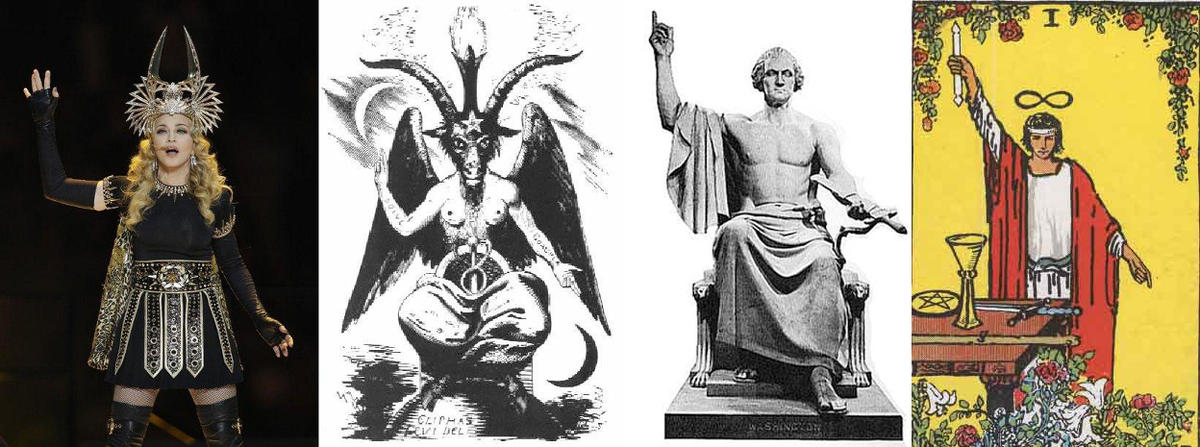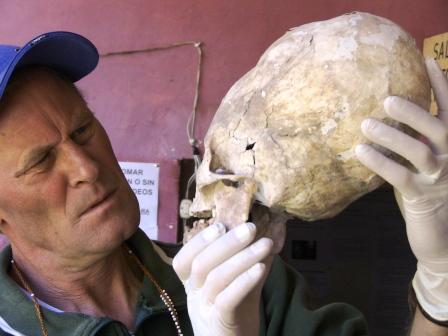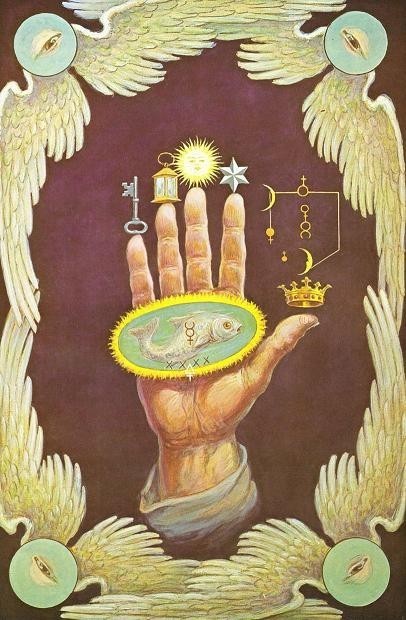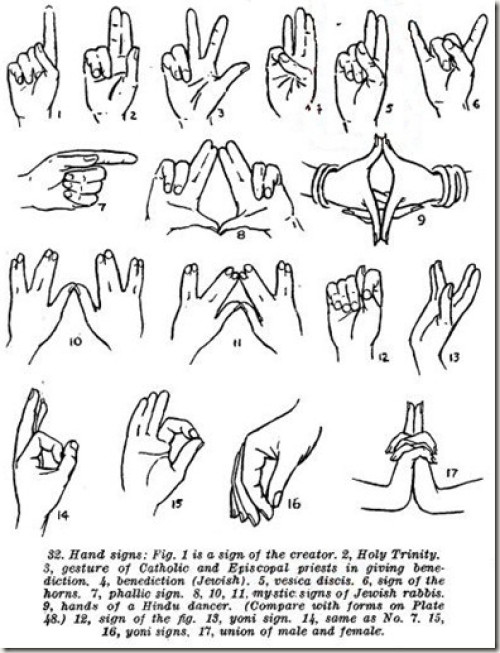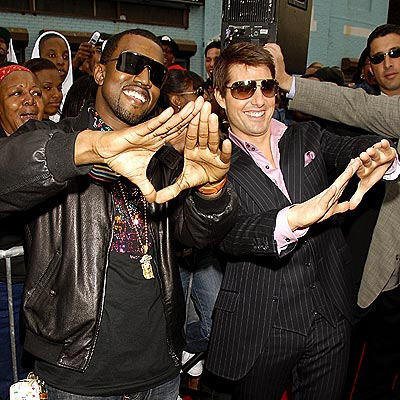Imagine having little to no free will over the movement of your limbs. Now picture yourself with a hand that you literally have no control over.
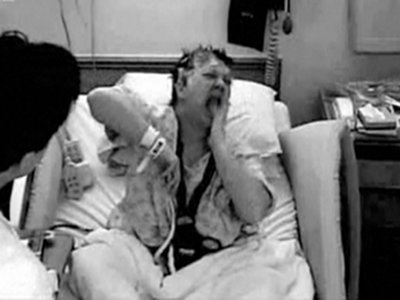
A hand which seems to have a mind of its own and often, it is extremely adversarial to you. It will get mad and cause you harm. A hand that also wants to attack and hurt you to the point that it will even try to wrap itself around your neck in order to strangle you, slap your face and leave you black and blue.
I know this sounds like the plot of Hollywood Horror film but this actually happens to people in real life. Welcome to The Science of Human Duality in a modern world where people with brain lesions, seizures and surgery experience a strange medical phenomenon known as “Alien hand syndrome (AHS), Alien Limb, Anarchic Hand or Dr. Strangelove syndrome.” It was originally called “la main étrangère (‘the foreign hand’)” by Brion and Jedynak in 1972 describing patients with corpus callosal tumors.
In Stanley Kubrick’s movie Dr Strangelove, the main character has AHS and is described as “erratic.” His right hand appears to have a mind of its own, at times raising his dark gloved hand in a Nazi salute and at other times, clutching his own throat as if to choke him. Dr Strangelove must try to restrain this rebellious right hand with his left hand.
Alien hand syndrome (AHS) can be described as a medical condition that affects that brain which causes people not being able to control their bodily movements and their limbs seem to move on their own. For example, a person with AHS may move their hand, hit, and or reach for something even though they had “no thought or desire” that caused the hand to move.
It is important to note that most patients describe the involuntary hand movement as if it as a mind of its own and It is that AHS most commonly affects the left hand and leg.
Today, medical Experts describe alien hand syndrome as a phenomenon reflecting a functional “disentanglement” between thought and action. It has been proposed that alien hand should be strictly defined as involuntary movements of the limb, whether appearing purposeful or not, and should be associated with a sense of loss of ownership (Hassan and Josephs 2016).
There are many reports that this alien hand appears to act mostly in a negative or hurtful manner towards the patient and or their loved ones. It is as if the limb has some unseen “psychic phenomenon or unknown entity” controlling it.
Patients with AHS may personify the limb, referring to it as “my little friend,” and often report the limb as “having a mind of its own.” Many researchers quote an example of a patient who reported that her hand intermittently attempted to choke her. Patients often attempt to control the hand as though it were a rebellious child, sometimes rebuking, holding, slapping, or chastising it. Most people who suffer from this disease simply feel estranged from the hand or accept only a tenuous relationship with it.(Clinical Evaluation for Aphasia -Kaufman & Milstein 2013)
In 1908, German neuro-psychiatrist, Kurt Goldstein was the first person to publish a detailed case report about a right-handed woman who had suffered a stroke affecting her left side from which she had partially recovered. The problem was now the patient had no control over her left arm which she described as if it belonged to another person and performed actions that were independent of her own will.
The patient complained of a feeling of “strangeness” in relation to the goal-directed movements of the left hand and insisted that “someone else” was moving the left hand, and that she was not moving it herself.
One day, Goldstein’s patient complained, “There must be an evil spirit in the hand!”
Goldstein first connoted the “alien” quality of unilateral repetitive grasping, the impression that an alternate entity is responsible for the behavior (Goldstein 1908).
Researchers in a 2014 study, describe this negative behavior as the following; “Alien hand might manifest as a self-groping behavior and self-oppositional behavior. Autocriticism has also been reported, with the person slapping the alien hand with the normal hand. The person loses control of the affected hand as if it is being controlled by an external force. The alien hand might grab onto things and the person might have to use the other limb to release the objects from it.”
The researchers conclude, “At extremes, the alien hand has been reported to even suffocate the patient.”
A 2013 study reveals the case report of an 84-year-old African American woman who developed AHS and was so distressed by her involuntary movements that she thought her arm was “possessed by the Devil”.
The researchers had said, “An 84-year-old African-American right hand dominant woman presented to the emergency department complaining of headache and episodes of uncontrollable left-hand movements. She described the episodes wherein her left arm moved uncontrollably as if it was groping around trying to grab herself on her body. The patient explained that while asleep she felt that “someone is trying to grab means if someone is in bed with me”.
The researchers concluded, “At times, she felt the need to talk to her hand or yell at it in order to command it to stop these embarrassing movements. These movements occurred while she was attempting to eat, watch television and during use of the toilet. The patient was evidently very distressed by these events and thought that her arm was “possessed by the Devil”.”
A 2007 study study reveals the story of a 41 year-old, left-handed, HIV positive, white woman who was admitted to a hospital in 2005 after she suffered severe headaches on her “right side” of the head which later developed into drooling and the loss of control of her left hand which she called a “monster.”
During the same period, she developed brief episodes of left-hand weakness associated with dysarthria. Two weeks later, the patient lost control of her left hand, mainly at night where upon waking her left hand was grasping her right arm. Subsequently, her dominant hand presented extravolitional movements, as if having a will of its own, not responding to volitional commands such as opening a door or holding an umbrella, but groping unneeded objects and having difficulty releasing them.
The patient often found her left hand closed, in front of her face, as if it were “looking” at her.
She was afraid of her hand: “it seemed to be a monster”.
What causes alien hand syndrome?
Most people who have been diagnosed with alien hand syndronme (AHS) suffer from lesions and tumors located in the right hemisphere of the brain and from damage to the corpus callosum which can give rise to “purposeful” actions in the sufferer’s non-dominant hand (an individual who is left-hemisphere-dominant will experience the left hand becoming alien, and the right hand will turn alien in the person with right-hemisphere dominance).
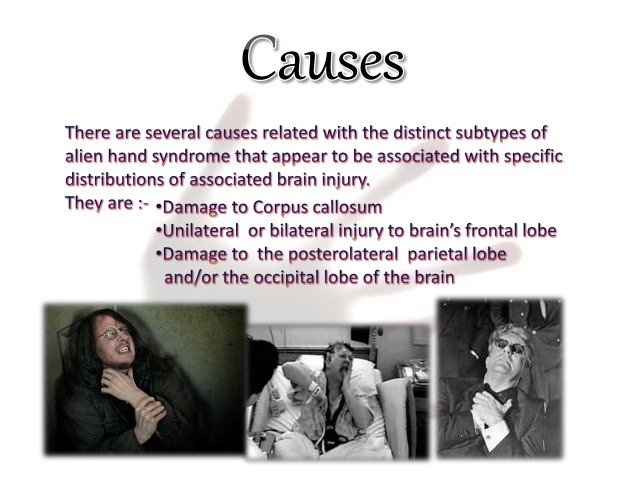
But in the vast majority of patients, the damage occurs on the right side of the brain which causes their left hand to become alien.
In “the callosal variant”, the patient’s hand counteracts voluntary actions performed by the other, “good” hand. Two phenomena that are often found in patients with the callosal alien hand are agonistic dyspraxia and diagnostic dyspraxia.
Numerous cases have been reported of the syndrome after surgery for epilepsy and seizures. which is a neurosurgical procedure with an incision involving the corpus callosum. The corpus callosum is a band of nerve fibers in the middle of our brains that acts as a mediator between our left and right hemispheres of our brain.
Apparently, once its cut, all neurological hell can break loose and then it appears that an alien or little demon then controls the left hand.
HERE IS SOME AGNOSTIC SCIENCE FOR THE FEW GNOSTICS OUT THERE….
Agonistic dyspraxia involves compulsive automatic execution of motor commands by one hand when the patient is asked to perform movements with the other hand. For example, when a patient with callosal damage was instructed to pull a chair forward, the affected hand would decisively and impulsively push the chair backwards.[14]
Agonistic dyspraxia can thus be viewed as an involuntary competitive interaction between the two hands directed toward completion of a desired act in which the affected hand competes with the unaffected hand to complete a purposive act originally intended to be performed by the unaffected hand.
Diagonistic dyspraxia, on the other hand, involves a conflict between the desired act in which the unaffected hand has been engaged and the interfering action of the affected hand which works to oppose the purpose of the desired act intended to be performed by the unaffected hand. For instance, when Akelaitis’s patients underwent surgery to the corpus callosum to reduce epileptic seizures, one patient’s left alien hand would frequently interfere with the right hand. For instance, while trying to turn over to the next page with the right hand, his left hand would try to close the book.
SURGERY FOR EPILEPSY
Pope Pius XII declared against the practice of lobotomy to treat (change) socially unbecoming behaviour, maintaining that a lesion to the frontal lobes would strip a person of free will. This thorny issue was debated at some length by an ad hoc committee of ecclesiastics and scientists. They came to the conclusion that the freedom of will of people affected by such a lesion would be degraded, and advised against their becoming priests or receiving Holy Communion.
Here are some good videos that further detail this research.

Moe is the founder of GnosticWarrior.com. He is a father, husband, author, martial arts black belt, and an expert in Gnosticism, the occult, and esotericism.

